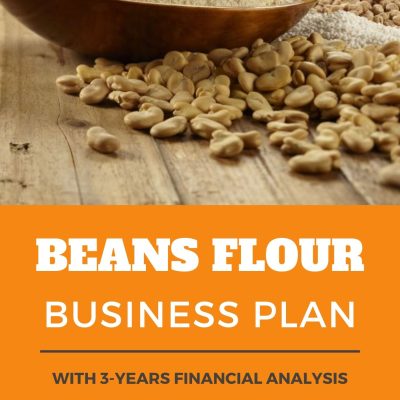Livestock production, including beef, goat, ram, cattle coats, leather, and other essential products, is part of the Cattle Industry. Beef and dairy products are the two most important revenue-generating categories in the cattle industry. While the beef market is estimated to be worth fifty billion Nairas per year. According to these statistics, investing in a livestock farm (cattle, ram, goats) business is a traditionally rewarding endeavor.
Cattle are in most cases one of the most profitable and easiest livestock to raise for profit. Cattle simply require good pasture, supplemental hay, freshwater, vaccinations, and plenty of room to roam.
There are various business opportunities available in the agricultural industry and one good thing about the industry is that there is a market for all the products from the industry. Cattle rearing is of course a thriving and profitable business because of the usefulness of beef and other by-products from cattle.
People eat beef, drink their milk, and use their fur and skin. With cattle milk, cheese can be made, along with other dairy products.
The Livestock Farm will deal with farming and fattening of livestock. It will cater largely to processing companies, homes, hotels, bars, and commercial and industrial customers.
HOW CAN IT HELP?
This business plan describes in detail how a livestock farm (cow and goat) business will be run profitably. It lays out a written roadmap for the farmer/firm from marketing, financial, and operational standpoints.
The business plan is useful especially for farmers because every farm should have a business plan.
KEY TAKEAWAYS
- The Business plan is a document that describes a livestock farm’s (Cow and Goat) core business activities, objectives, and how the plans and goals will be achieved.
- Start-ups and existing farms need this business plan to get off the ground and attract investors.
- The business plan includes an executive summary, products and services, marketing strategy and analysis, financial planning, and a budget.
Table of Contents
i. OVERVIEW
1. EXECUTIVE SUMMARY
1.1 Benefits
1.2 Objectives
1.3 Vision
1.4 Mission
1.5 Keys to Success
1.6 KEYS DRIVERS
2.0 Company Summary
2.1 Company Ownership
2.2 Location and facilities
2.3 Start-Up Summary
2.3.1 Required Funds
3.0 Product Description
3.1 Services
4.0 Market Analysis
4.0.1 Market Summary
4.0.2 Market Trend
4.0.3 Marketing Plan
4.1 Target Market
4.2 Industry Analysis
4.2.1 OVERVIEW
4.2.2 INDUSTRY VALUE CHAIN
FIGURE 2: PHYSICAL FLOWS OF MEAT AMONG THE DIFFERENT COMPONENTS
Figure 2: Core functions of the beef value chain
THE LIVESTOCK PROCESSING INDUSTRY VALUE CHAIN
4.2.3 INDUSTRY SIZE AND MAJOR PLAYERS
4.3 Demand
4.3.1 Overview
4.3.2 SUPPLY
4.3.3 DEMAND
4.4 Challenges Facing Livestock Farming
4.5 SWOT Analysis
4.5.1 Strengths
4.5.2 Weakness
4.5.3 Opportunities
4.5.4 Threats
4.6 External Environmental Analysis
4.7 Competition and Buying Patterns
4.7.1 Main Competitors
4.8 MARKETING PLAN
4.8.1 MARKETING OBJECTIVES
4.8.2 MARKETING OBJECTIVES
4.8.3 TARGETING STRATEGY
4.9 Publicity and Advertising Strategy
4.10 Sales Strategy
4.10.1 Sales Forecast
5.0 Strategy and Implementation Summary
5.1 Competitive Edge
6.0 Management Summary
6.1 Organizational Structure
6.2 Management Team
6.3 Personnel Plan
Table: Salaries and Wages
7.0 Management Summary
7.1 Important Assumptions
7.2 Break-even Analysis
Table: Break-even Analysis
7.3 Projected Income Statements
Table: Income Statements 3 years summary
7.4 Projected Cash Flow
Projected Cash flow Year-one
Projected Cash Flow Year-two
7.5 Projected Balance Sheet
Chart: Balance Sheet
7.6 Operating Expenses Years 1-3
Table: Operating Expenses Years 1-3
If that sounds interesting to you, then simply click ADD TO CART > below to download a copy.
38-PAGE | PDF




Reviews
There are no reviews yet.